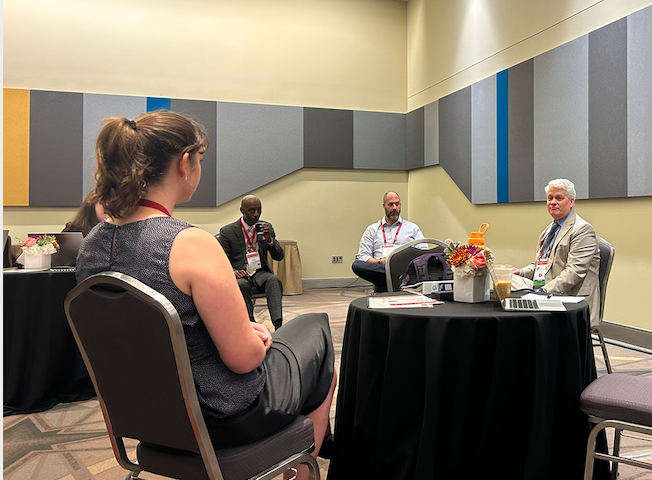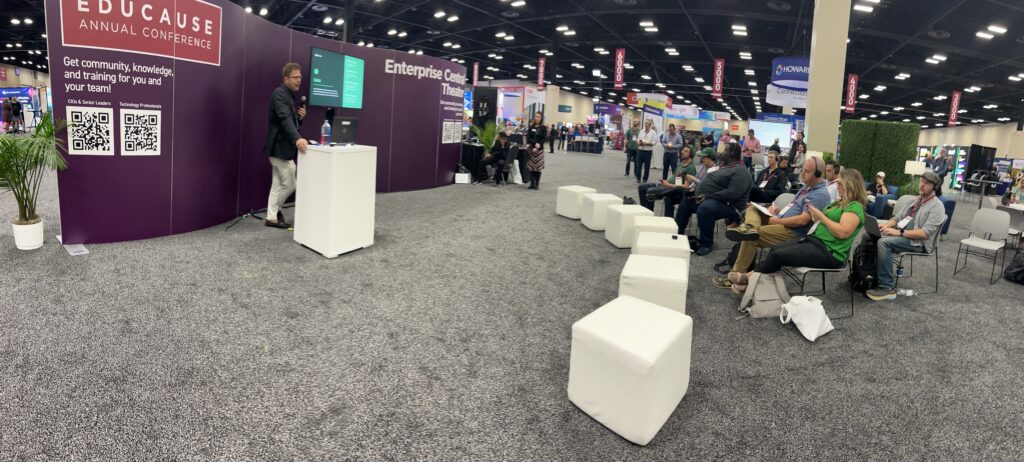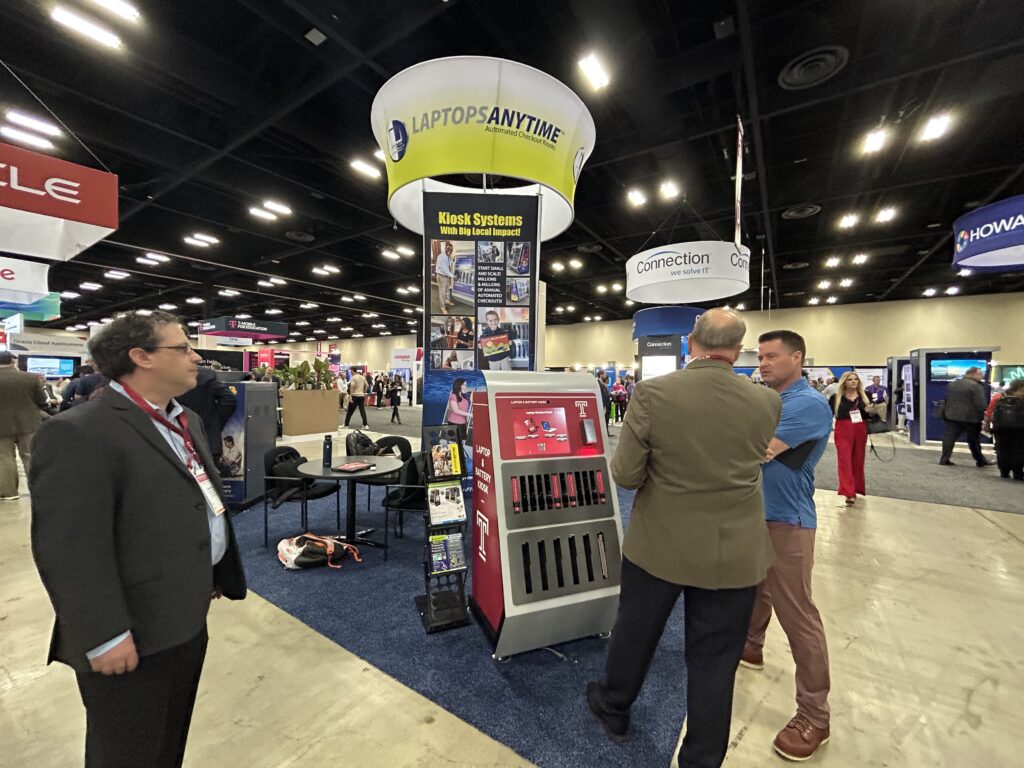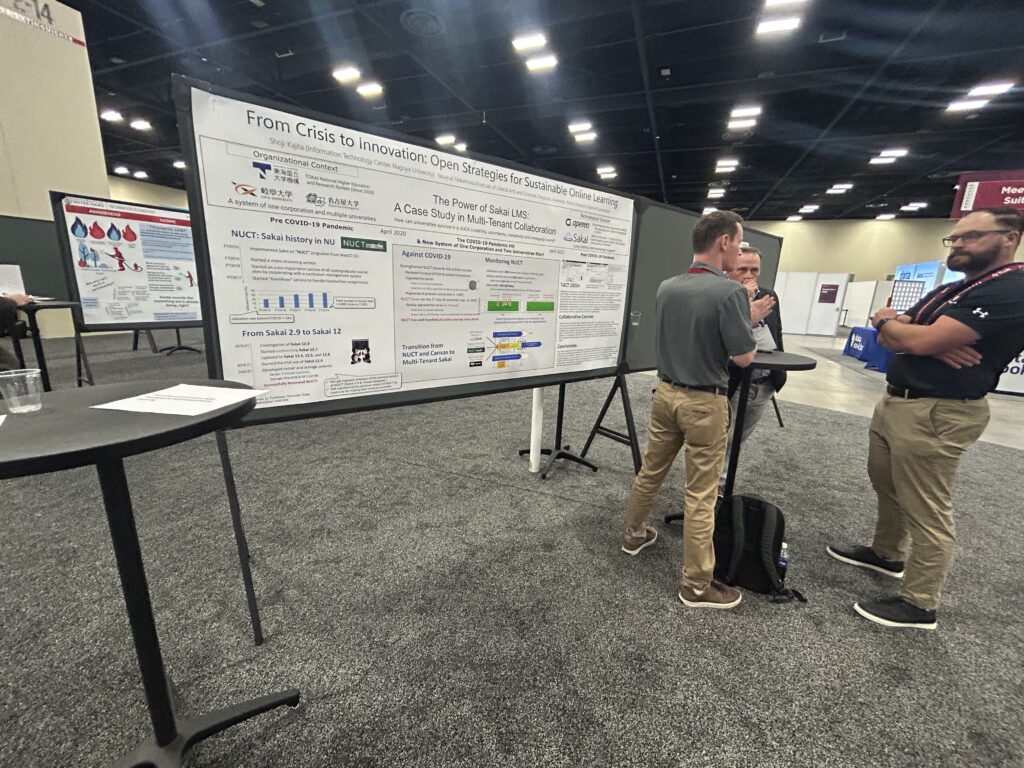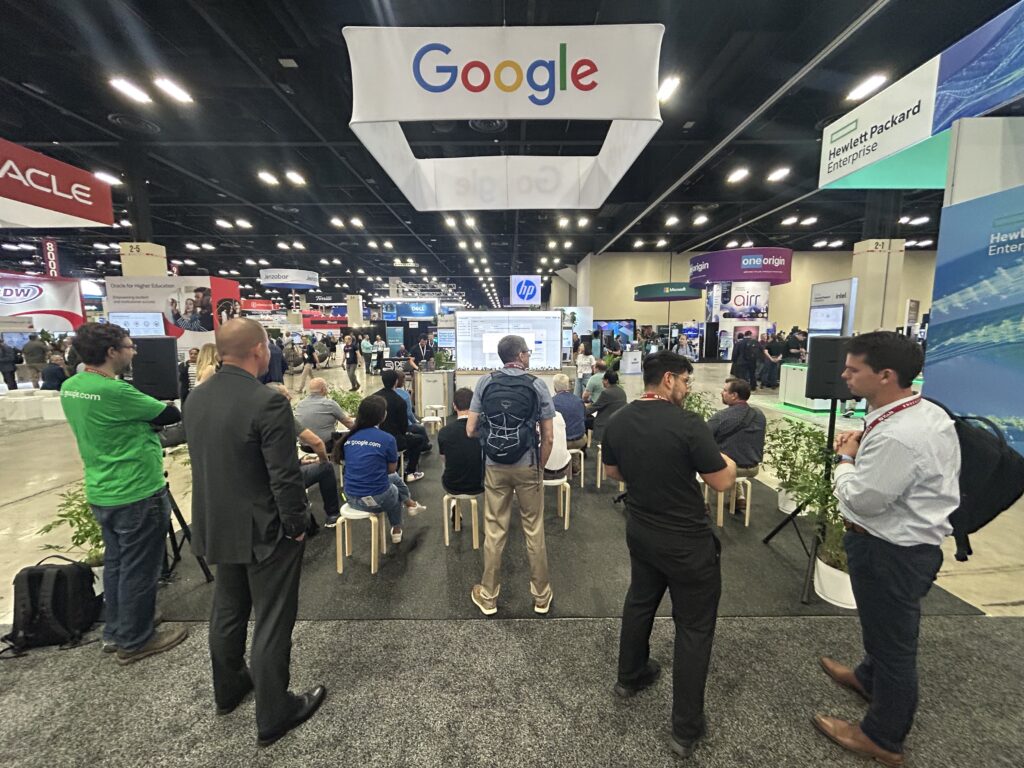Key points:
- AI is changing higher education’s role–is higher education ready?
- The EDUCAUSE Top 10: Rebuilding trust in higher ed
- Defining higher-ed policy for AI in teaching and learning
- For more news on higher-ed policy, visit eCN’s Campus Leadership hub
As higher education leaders look to 2025, some questions loom large: How will a second Trump administration impact higher education? What will AI bring to the table?
During an EDUCAUSE 2024 online session, Paul LeBlanc, former president of Southern New Hampshire University and co-founder of Human Systems, addressed some of higher ed’s most immediate concerns, including how leaders can manage drastically different presidential priorities while at the same time navigating the challenging issue of preparing student for the workforce at a time when AI is rapidly changing learning and the future of work.
Federal policy and higher education
At the top of most higher-ed leaders’ lists is what higher education will look like under a second Trump administration:
What is the future of the Department of Education? While Trump has discussed dismantling it, that’s harder to do than it sounds. Beyond determining what to do with all the department’s moving pieces, the department itself is a powerful tool. If the Trump administration wants a powerful tool to influence higher education, LeBlanc said, the Department of Education is that tool. “It’s not clear what will happen, but this is very much in flux. I don’t think we’ll see it disappear, but I think we’ll see a much-altered department,” he added.
The future of accreditation: Under Trump’s previous administration, “accreditor shopping” was all the rage–if an institution didn’t like its accreditor, it could look for one in another region, and this policy is likely to return.
DEI, free speech, curriculum, and Title IX: Free speech on campus has become a hot topic as of late, and DEI issues are frequent targets of Republican policymakers.
Governance and independence: “We have already seen the intrusion on institutional independence by governors … who are appointing new regents, where faculty-shared governance is rolled back. We can expect that to happen even more,” LeBlanc said.
Loan forgiveness: A priority of the Biden administration, loan forgiveness will be rolled back. There is no support for that among the GOP, LeBlanc outlined.
For-profit institutions: For-profits will get breathing space. “They’re a shadow of what they were, but when you look at these hybrids, where a for-profit like Kaplan is acquired by a nonprofit like Perdue University–that will get less scrutiny,” LeBlanc noted.
Taxing endowments: More recently, Trump has talked about using proceeds from taxed endowments to fund a free national community college. “I’m not sure we’ll see that, but you may see punishment of elite institutions through taxation of endowments,” LeBlanc said.
Decline in international enrollments: Lots of schools today are keeping their heads above water through international enrollments. After the first Trump administration and the pandemic, these enrollments they tanked, with the pandemic having the biggest influence on that nosedive. International enrollments have been curtailed globally. “[There’s a] pretty good chance we’ll see a rollback and there’s very little an institution can do,” LeBlanc said.
University leaders also have to navigate challenges to university business models:
- Demographics: Institutions are tuition- and enrollment-dependent, and higher education is looking at a slowdown based on declining numbers of prospective students. Enrollments as of late have been lower for students of color, and difficulties with FAFSA negatively impacted low-income students who didn’t have resources to navigate that confusion. “This is not a good thing in terms of equity for the country or in terms of enrollment for institutions,” LeBlanc said.
- Declining public trust: Sources of this distrust are tied to the skyrocketing cost of higher education, which puts it increasingly out of reach of more students. Institutions ask students to carry more debt–debt that burdens students for decades–as students reevaluate the ROI on their financial investments.
- Rise of the alternatives: More and more people are looking for certifications and credentials, and there are a slew of highly-respected industry certifications that are well-known. “This is the beginning of a new movement,” LeBlanc said. “I think, long-term, we’ll see a broader array of credentials available to students.” Higher education today is not built to produce short-form credentials. As more industries remove degrees from job requirements, the credential movement will build momentum.
AI, AI, AI
When it comes to AI, higher education must identify how to use the technology in teaching and learning, how to equip students with the AI skills they’ll need for success, and how AI will impact what universities look like in the future.
In the short term: “Identify what students need,” LeBlanc said. “How do we prepare students for a world with AI?” This includes identifying what tools they’ll have to master in their industry, along with determining how to meet employer needs–many employers say they will not hire someone without command of basic AI tools. “This gap is one we have to address in the short term,” LeBlanc suggested. Higher ed must determine how to use AI in instruction, in learning, and in assessment, but also must determine how students will be asked to use AI when they are in the workforce–and meet those needs.
In the medium term: “We’ll be faced with rethinking our business,” LeBlanc noted. “What majors will we stop teaching? Take accounting–I think the world will have fewer accountants. What will you do with those students? How do you rethink that?” Certain occupations and skillsets will change dramatically with AI. “We don’t have great clarity oon that yet, so we’ll be in messy ground in the short term and the medium term, as we rethink what we offer, rethink staffing, think about where the jobs are, and where we can retrain people.”
In the long term: “In the long term, I think we have a bigger question: What are universities for?” LeBlanc said. “Today, universities serve the knowledge economy that drives the developed economies of the world. What happens when human beings aren’t the most powerful entities when it comes to lots of areas of knowledge, processing, and making? What will the machines be good at, what will humans be good at, and what are the things human beings will be good at that machines aren’t?” This, he noted, will shift the university model, and could spur a resurgence of the humanities. It also will prompt new thinking about what the jobs of the future will be for humans. “I think we’ll move from an economy of information to an economy of care,” he said. This includes rebuilding the K-12 system with amazing educators and support staff, rebuilding an almost-beyond repair mental health system, and creating a system of compassionate and affordable care for the elderly in an aging society. “All these things will be helped by AI, but they won’t be done by AI. In a world where AI is better than we are at so much, it’s actually the human jobs that have so much value.”
As AI moves into professions and is capable of low-, middle-, and some high-end processing, the cognitive bar increases for humans. “Our cognitive bar goes up because we have a high-powered assistant,” LeBlanc explained. The quality of what AI produces, such as a marketing plan, will depend on how humans prompt AI. Humans will have to be precise and operate with a high level of skill to ensure their desired output.
“That’s a raising of the cognitive bar, and how we do that is going to be interesting,” LeBlanc said. “It moves us from teaching less about product and more about process.”

